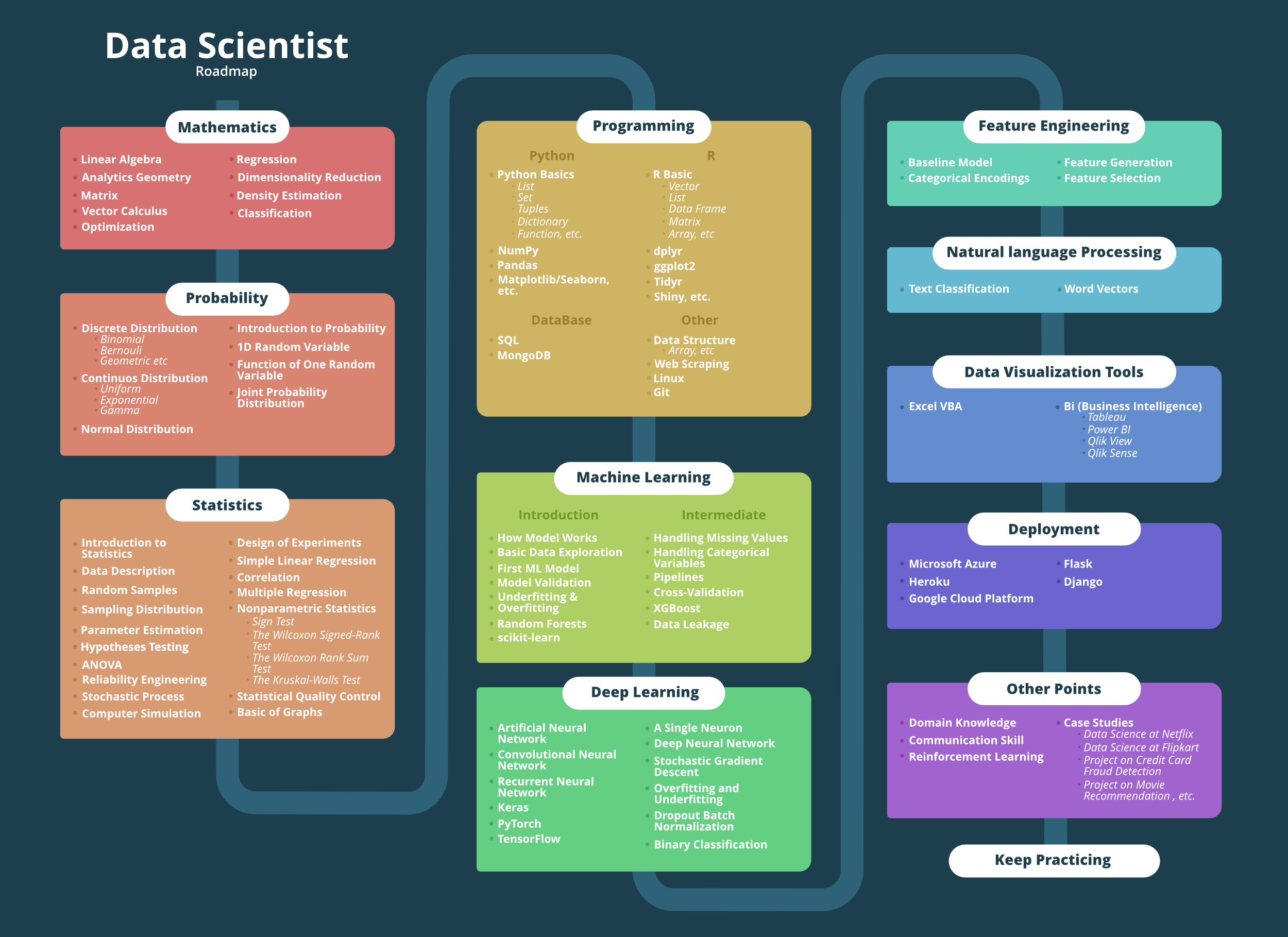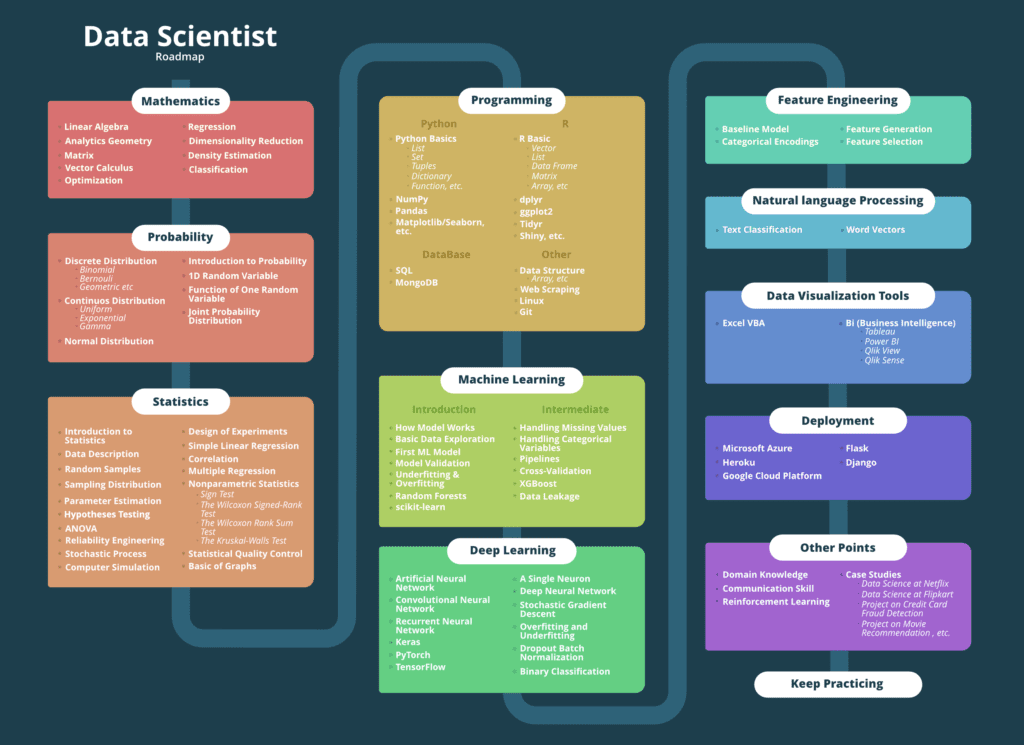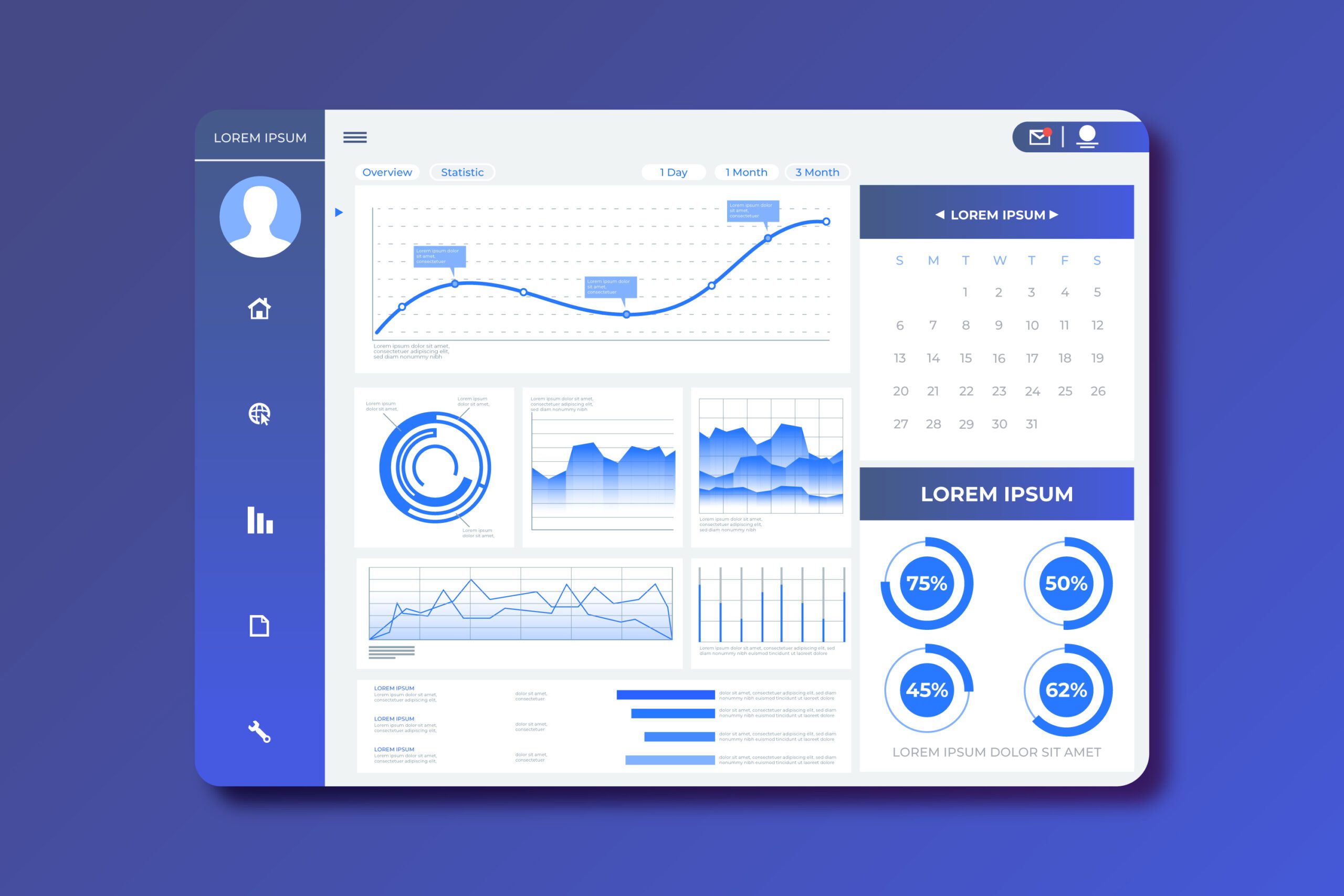Data Science is a booming field. Learning SQL is essential for data science. Let’s explore the SQL roadmap for data science.
What is SQL?
SQL stands for Structured Query Language. It is used to manage databases. SQL is essential for data science. It helps in data manipulation and retrieval.
Why is SQL Important for Data Science?
Data scientists work with large datasets. SQL helps in querying and managing these datasets. It is a powerful tool for data analysis. SQL skills are in high demand in the job market.
Getting Started with SQL
Let’s start with the basics. Here are the initial steps to learn SQL:
- Understand database concepts
- Learn basic SQL syntax
- Install a database management system (DBMS)
- Practice with sample databases
Understanding Database Concepts
Before diving into SQL, understand databases. A database is a collection of data. It is organized in tables. Each table has rows and columns. Rows are records, and columns are fields.

Credit: www.geeksforgeeks.org
Basic SQL Syntax
Here are some basic SQL commands:
- SELECT: Retrieves data from a database
- INSERT: Adds new data to a database
- UPDATE: Modifies existing data
- DELETE: Removes data from a database

Credit: twitter.com
Installing a Database Management System
Choose a DBMS to practice SQL. Popular options include:
- MySQL
- PostgreSQL
- SQLite
Install one of these systems on your computer. Follow the installation instructions provided by the DBMS.
Practice with Sample Databases
Practice makes perfect. Use sample databases to practice SQL queries. Here are some popular sample databases:
- Sakila
- Chinook
- Northwind
Advanced SQL Concepts
Once you are comfortable with basics, move to advanced concepts. These include:
- Joins
- Subqueries
- Indexes
- Transactions
- Stored Procedures
Joins
Joins combine data from multiple tables. There are several types of joins:
- INNER JOIN: Returns matching rows from both tables
- LEFT JOIN: Returns all rows from the left table, and matching rows from the right table
- RIGHT JOIN: Returns all rows from the right table, and matching rows from the left table
- FULL JOIN: Returns all rows when there is a match in either table
Subqueries
Subqueries are queries within queries. They allow complex data retrieval. Use subqueries for nested queries.
Indexes
Indexes improve query performance. They allow faster data retrieval. Use indexes on frequently queried columns.
Transactions
Transactions ensure data integrity. They are sequences of SQL statements. Transactions are atomic, consistent, isolated, and durable (ACID).
Stored Procedures
Stored procedures are reusable SQL code. They are stored in the database. Use stored procedures to automate tasks.
SQL for Data Analysis
Use SQL for data analysis. Here are some useful functions:
- GROUP BY: Groups rows sharing a property
- HAVING: Filters groups
- ORDER BY: Sorts results
- COUNT: Counts rows
- SUM: Sums values
- AVG: Calculates average
- MIN: Finds minimum value
- MAX: Finds maximum value
GROUP BY and HAVING
GROUP BY groups rows. HAVING filters these groups. Use them for grouped analysis.
ORDER BY
ORDER BY sorts query results. Use it to organize data.
Aggregate Functions
Aggregate functions summarize data. These include COUNT, SUM, AVG, MIN, and MAX.
SQL Best Practices
Follow these best practices for writing SQL:
- Write readable queries
- Use meaningful table and column names
- Comment your code
- Optimize queries for performance
Frequently Asked Questions
What Is Sql In Data Science?
SQL is a language for managing databases, essential for data analysis and manipulation in data science.
Why Learn Sql For Data Science?
SQL helps extract, manipulate, and analyze data efficiently, making it crucial for data-driven decision-making.
Can Sql Handle Large Datasets?
Yes, SQL can efficiently manage and query large datasets, making it suitable for big data analytics.
Is Sql Easy To Learn?
Yes, SQL has a straightforward syntax, making it relatively easy to learn for beginners.
Conclusion
Learning SQL is crucial for data science. Follow this roadmap to master SQL. Practice regularly and keep learning. SQL skills will boost your data science career.







